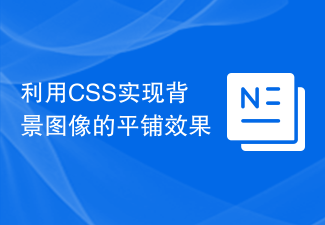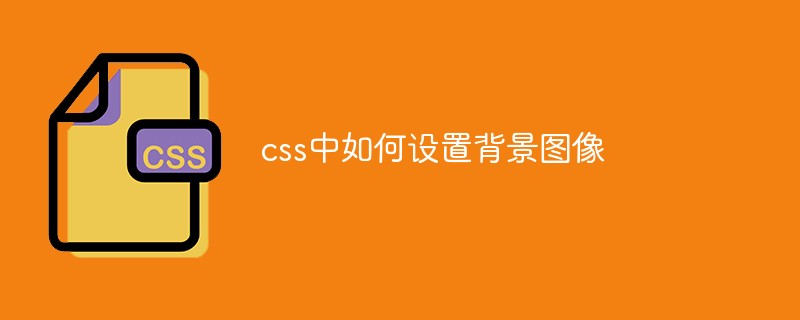
Course2857
Course Introduction:Course introduction: 1. Cross-domain processing, token management, route interception; 2. Real interface debugging, API layer encapsulation; 3. Secondary encapsulation of Echarts and paging components; 4. Vue packaging optimization and answers to common problems.

Course1795
Course Introduction:Apipost is an API R&D collaboration platform that integrates API design, API debugging, API documentation, and automated testing. It supports grpc, http, websocket, socketio, and socketjs type interface debugging, and supports privatized deployment. Before formally learning ApiPost, you must understand some related concepts, development models, and professional terminology. Apipost official website: https://www.apipost.cn

Course5521
Course Introduction:(Consult WeChat: phpcn01) The comprehensive practical course aims to consolidate the learning results of the first two stages, achieve flexible application of front-end and PHP core knowledge points, complete your own projects through practical training, and provide guidance on online implementation. Comprehensive practical key practical courses include: social e-commerce system backend development, product management, payment/order management, customer management, distribution/coupon system design, the entire WeChat/Alipay payment process, Alibaba Cloud/Pagoda operation and maintenance, and project online operation. .....

Course5172
Course Introduction:(Consult WeChat: phpcn01) Starting from scratch, you can solve conventional business logic, operate MySQL with PHP to add, delete, modify, and query, display dynamic website data, master the MVC framework, master the basics of the ThinkPHP6 framework, and learn and flexibly master all knowledge involved in PHP development. point.

Course8713
Course Introduction:(Consult WeChat: phpcn01) The learning objectives of the front-end development part of the 22nd issue of PHP Chinese website: 1. HTML5/CSS3; 2. JavaScript/ES6; 3. Node basics; 4. Vue3 basics and advanced; 5. Mobile mall/ Website background homepage layout; 6. Automatic calculation of tabs/carousels/shopping carts...
How to embed background video in HTML/CSS?
2023-11-06 13:59:13 0 1 240
Scale CSS sprites to background images: a guide
2023-11-02 10:39:28 0 2 288
Curl bottom edge of div inwards using CSS
2023-10-23 19:55:32 0 2 335
How to get the natural dimensions of an image using JavaScript or jQuery?
2023-10-21 13:53:08 0 2 275
How to prevent background image from flickering when changing
2023-10-20 21:38:57 0 2 344

Course Introduction:Using CSS, we can set a background image for an HTML element using the ‘background-image’ property. Also, after adding the background image, you need to set its dimensions. We can set the size of the background image using the CSS "background-size" property. Syntax Users can follow the syntax below to set the size of the background image using CSS. background-size:widthlength|width|contain|inherit|cover|initial We can use the above values to set the size of the background image. Here we have explained all the values. Width Length - Set the width of the background image and
2023-09-08 comment 01021

Course Introduction:Using CSS to achieve the tiling effect of background images In web design, the tiling effect of background images is a common design requirement. The tiling effect of background images can be easily achieved through CSS. This article will introduce some common implementation methods and attach specific code examples. 1. Repeat tiling (repeat) The simplest way to tiling a background image is through the repeat attribute, which allows the background image to be tiled infinitely in the horizontal and vertical directions. Code example: body{background-im
2023-11-21 comment 0333

Course Introduction:In CSS, you can use the background or background-image attributes to set the background image. The specific syntax format is "background-image:url('image url');" or "background:url('image url');".
2021-03-22 comment 015052

Course Introduction:In CSS, the ‘background-image’ property is used to set the background image of an element using CSS. The background image property has 4 different properties as described below. Url() - It takes an image path or remote URL to get the image from a specific location and set it as background. None - The user can remove the background using none as the value of the background-image property. Initial - It sets the initial background, in most cases there is no background. Inheritance - It sets the same background image as the parent element. Syntax Users can use the "background-image" attribute in CSS according to the following syntax. background-image:url('URL');bac
2023-09-05 comment 0457

Course Introduction:The CSSbackground-image property is used to specify a background image. You can try running the following code to implement the background-image property in CSS - example